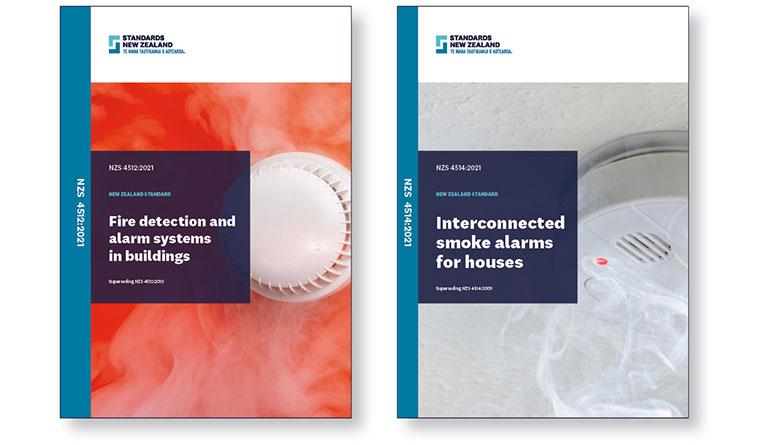Addressing inequality for hearing-impaired in emergencies with NZS 4512
Representatives from New Zealand’s deaf community contribute towards new fire detection and smoke alarm standards.

Following the recent publication of NZS 4512:2021 Fire detection and alarms systems in buildings (for public buildings and workplaces) and NZS 4514:2021 Interconnected smoke alarms for houses we are pleased these have incorporate contributions from representatives within the deaf community of over 800,000 New Zealanders.
The review of this standard was partly prompted by an incident in 2016, when a deaf student was unaware of a fire alarm ringing within a university building. While the incident was a drill, so no lives were at risk, it did raise concerns around people unable to hear alarms and Deaf Action New Zealand filed a petition with Parliament in 2016 to get visual fire alarms installed in public buildings throughout New Zealand. There are currently no statutory requirements to have visual fire alarms installed in buildings and the petition was assigned to the Government Administration Select Committee.
Here standards can support best practice, and keeping people safe, whether required in legislation or not. A lot of technical changes have been made to these just-published standards, and the significant ones are described in the foreword at the beginning of each standard.
Of particular relevance to the deaf community is the inclusion of additional technical specifications for installing visual alerting devices – flashing lights to warn of a fire, particularly in NZS 4512.
While the NZS 4512 standard doesn’t require the building owner to have visual alerting, or specify a particular type, to allow Fire and Emergency New Zealand to approve a building’s evacuation scheme, the new provisions in the standard are intended to make sure that whenever visual alerting devices (VADs) are specified for a future building, they will be able to alert everyone in the building – including deaf people. The revised standard is likely to come into full effect late in 2022 and will apply to new buildings from then on.
The Building System Performance (BSP) branch of MBIE has sponsored access to view and print a single downloadable PDF copy of this standard at no charge. If you are involved in the design, manufacture, installation, documentation, and maintenance of building fire detection and alarm systems you can view these standards here:
NZS 4512:2021 Fire detection and alarm systems in buildings(external link)
NZS 4514:2021 Interconnected smoke alarms for houses(external link)
